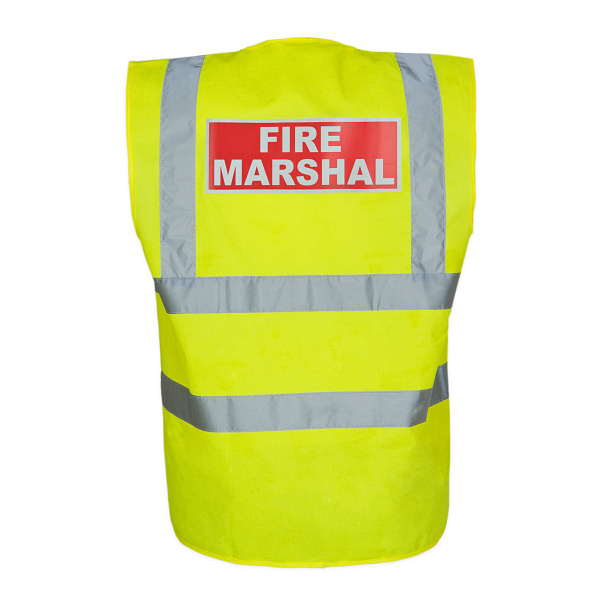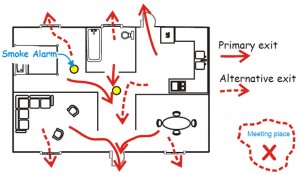A fire marshal, in the UK, is often a member of a fire department but may be part of a structure department or a

This e learning course gives representative all round knowledge of how to prevent a fire from occurrence, a clear understanding of their responsibilities, duties and role as a Fire Marshal and what to do in the event of a fire. As well as covering hypothetical and practical intimation which will enable delegates to undertake an efficient and orderly evacuation of their building in an emergency situation.
How many Fire Marshals should we have?
The number of Fire Marshals required will be identified by your Fire Risk Assessment. For example, high risk sites such as residential care homes will need a greater number of wardens than a low risk office. You need to ensure you have enough Fire Marshal to cover you business in the event of a fire. If you work in a small office with 1 floor, you may only need 2 but if you are on a large site with several floors / buildings operating 24 hours a day, you will need to ensure you have cover for each floor and building for all shifts, accounting for lunch breaks, sickness and holiday cover.
Why Fire Training?
Understanding parliamentary requirements for fire training in the UK.
What is fire?
Look at and understand the affinity of fire.
Duties of a Marshal
Look at the responsibilities, obligation and role as a Fire marshal including:
- How to spot fire risk and implement preventative measures
- How to lift the fire alarm
- What actions to take on uncover a fire
- What actions to take on hearing the fire alarm
- Calling the Fire & retrieve Service
- How to deal with incapacitated persons and evacuation procedures
For more info Visit our website: www.aegis4training.com



